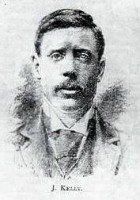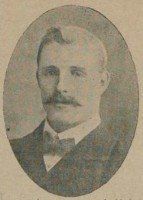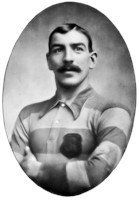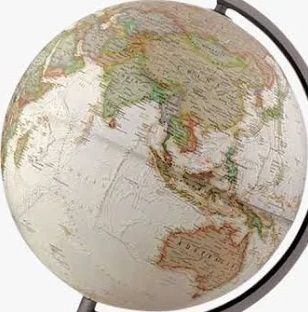


“a name in Scotland as the best centre-half in the country”.
"…….was wholeheartedly a destroyer of attacks when it came from the opposing wing”,“he was speed in turn and on the run”
“his judgement was sound, his valour outstanding and, naturally for a half-back, his control and placing of the ball was equally confident.”
"The game was fast and interesting from the start, and for nearly 20 minutes neither side could claim any marked advantage. Everything up to that point suggested a close and even fight, but then Scotland scored, and a great change came over the play. The Scottish side, encouraged by their success, played with fine dash and confidence, whereas the limitations of the English defence, suggested even in the early stages of the match, became more and more marked. A second goal for Scotland followed rather more than half an hour from the start, and afterwards there was never any doubt about the result..."
